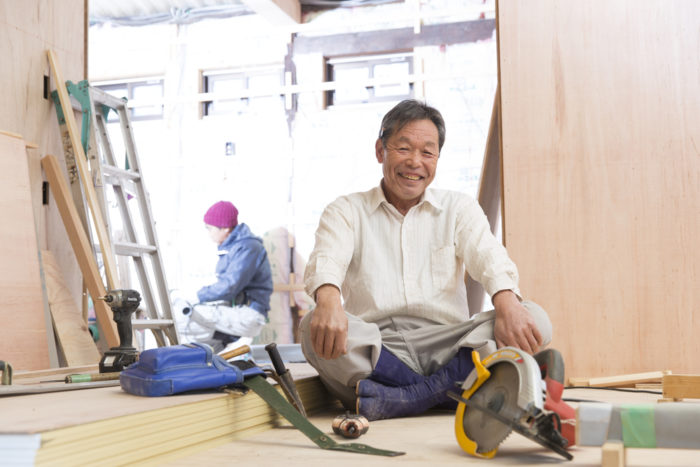
“Ogata heya” or cubicles? thoughts on sharing space
Articles, Japanese business keywords, Working with JapaneseAmericans who visit Japan for the first time are often shocked if they have the chance to go to a typical Japanese company. “All those people, all in one room – how do they ever get anything done?” On the other hand, when Japanese see typical American offices with walls or partitions between employees, they wonder “All those barriers to communication – how do they ever get anything done?” The differences in how offices are set up is a direct reflection of the different attitudes towards work in Japan and the U.S..
The Japanese ogata heya – large room – office is not only an efficient use of limited space, it is a way to encourage collaboration. With their smallish desks placed together to form an “island” employees in the same work group sit in close proximity. Issues can be discussed and even a team meeting can be held without anyone having to get up from their desk. Japanese employees sit together because work is viewed as something that people do together.
When Japanese companies export this kind of working arrangement to their U.S. operations, American employees often resist this type of desk arrangement. The typical American concerns center around lack of privacy and noise. This reflects the American concern for concentration, based on the idea that work is something done by an individual working independently. For this reason, American offices tend to have either individual offices, or cubicles with high walls. These setups provide employees the ability to concentrate on their own work, with minimal distractions either visual or audio.
For their part, Japanese managers tend to be resistant to office setups in which they are not able to have visual contact with their staff. This is again part of the emphasis on working together, on connectedness in work.
Some Japanese firms in the U.S. go with a completely American style, and the Japanese grin and bear it. Or they adopt a completely Japanese-style setup, to the chagrin of the American employees. I have however seen some interesting hybrids. At one firm, desks are placed together with no partitions. They are larger American style-ones. And the company has purchased white noise machines which mask the sounds in the office, so even though it’s a large room there is no buzz of background noise and employees are able to concentrate. At another firm, high partitions were placed between desks, but only the bottom few inches were opaque and the upper portion was glass. The higher partitions blocked noise, so addressed American concerns about distraction from noise, and the opaque lower portion gave a small sense of privacy. And the Japanese managers felt comfortable being able to see their subordinates through the glass.
The result in both these cases was that everyone was happy. These are excellent examples of how a hybrid can be created even with two approaches that seem diametrically opposed. The key is to look at what each group cares about the most, and find ways to address both of them.
Related articles
(Video) So, What is Monozukuri Actually?
Monozukuri is one of those well-known and often used Japanese words among people from outside of Jap
(Video) So, What is Ikigai Actually?
Ikigai - The Japanese word for the goal that gets you going - is often misunderstood by non-Japanese
(Video) So, What is Hansei Actually?
Hansei: the Japanese method of apologizing to your boss. Learn how to Hansei, and why Americans are





